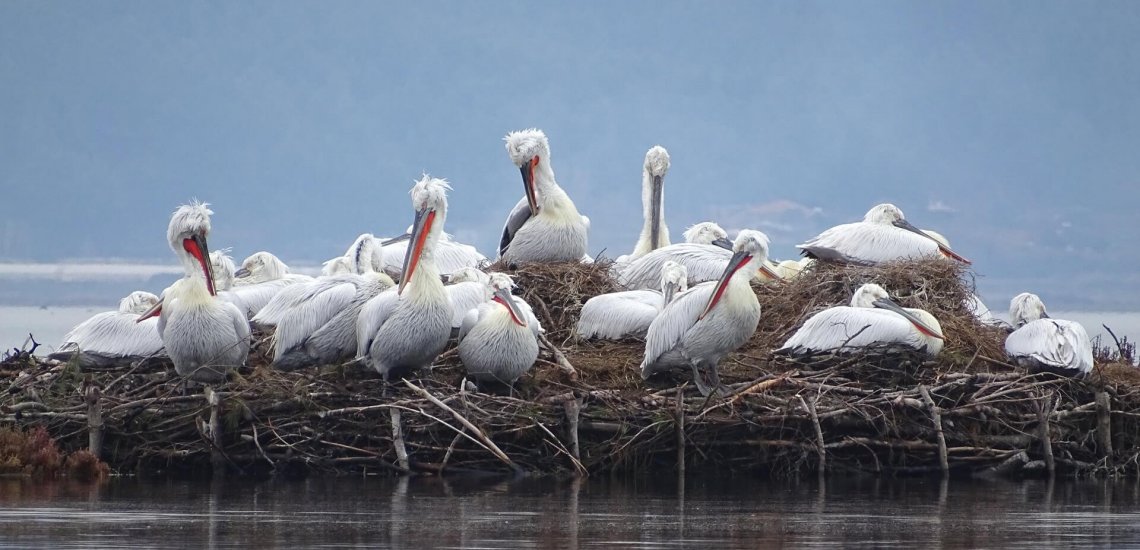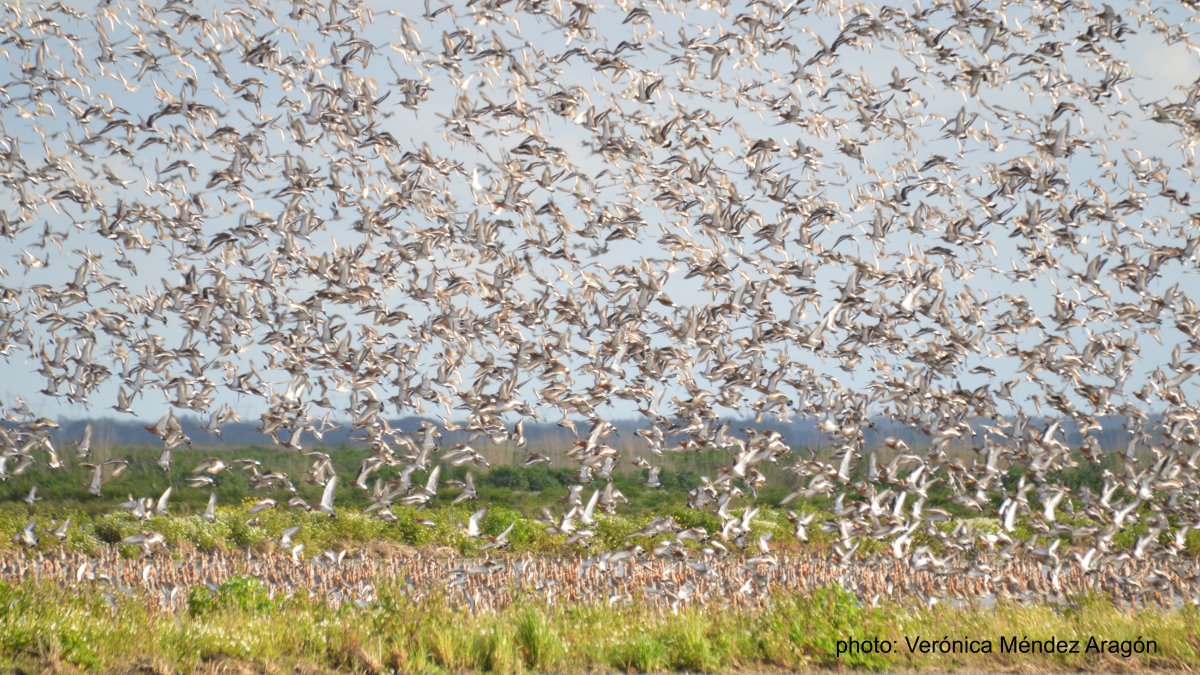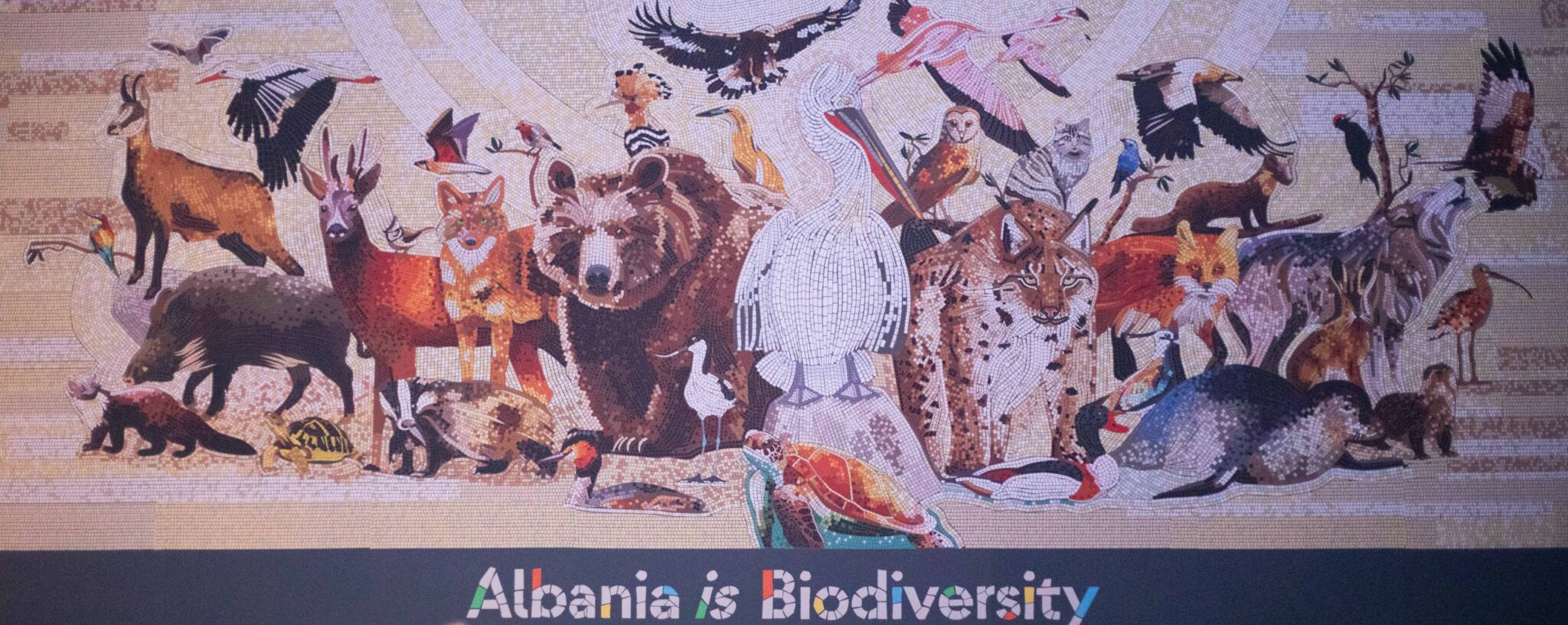Saving the bird paradise of the Vjosa-Narta Lagoon in Albania
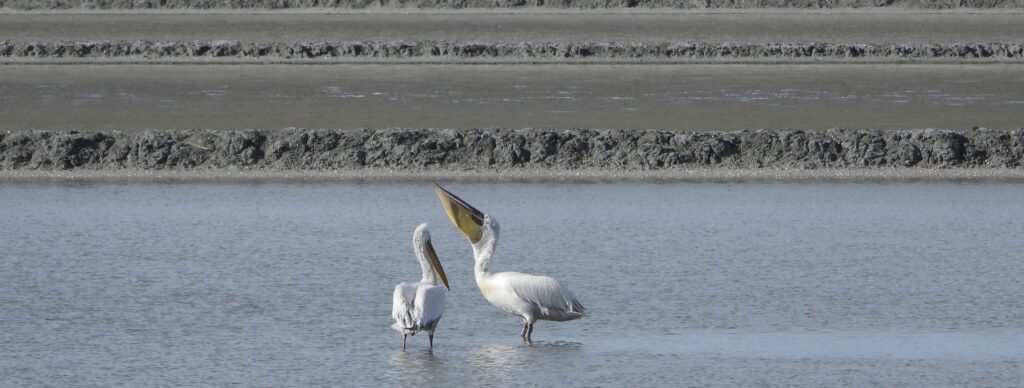
The Vjosa-Narta area in Albania is a crucial stopover site for migrating birds between Europe and Africa and is one of the most important wetlands in the entire Adriatic Flyway. This protected area is home to over 70 endangered species, 200 bird species, and remarkable creatures such as the Loggerhead turtle, the Monk seal, and the Albanian Water frog. However, this jewel is at risk of being lost forever due to the construction of an illegal airport.
In a bid to complete the project as quickly as possible, the Albanian government bypassed several compulsory procedures, including obtaining a valid construction permit. The latest findings suggest that the construction permit was only granted in 2023, 15 months after the start of construction works. One year after the launch of the construction, the government also removed the airport site from the Vjosa-Narta Protected Landscape, creating a spatial gap in the middle of the protected area.
This marks the beginning of the end of protected areas in Albania, a country that has rapidly developed at an unprecedented rate, but sadly, not in the right direction for nature. Ironically, the Albanian government advertises the project as a tool to boost tourism in the south of the country – failing to realise that Albania’s breathtakingly beautiful nature itself is one of the main tourist attractions. Destroying it for the sake of tourism just doesn’t make sense. Worryingly, this airport could be the first step in a long journey to urbanize the Albanian coastline for the sake of vested interests.
On top of that, a recent report from the Swiss Ornithological Centre points out that the construction of an airport within such a bird-rich area will create a severe risk of airplane collisions with birds. A collision with one of the biggest birds in the world, the Dalmatian Pelican (Pelecanus crispus), which breeds in the surroundings of the planned airport, is likely to end in a catastrophe.
But all hope is not lost. Local NGOs AOS and PPNEA have filed two lawsuits against their authorities that are still ongoing: one against the construction of the airport and a second lawsuit against the decision to change the boundaries of the protected area.
The international community is not sitting still either. This September, the Bern Convention on the Conservation of European Wildlife requested the suspension of the construction works until a valid Environmental Impact Assessment is carried out, meeting international technical, scientific, and methodological standards.
Together with the Mediterranean Alliance for Wetlands, the BirdLife Partnership has addressed letters to the European Commission, Albanian Prime Minister Edi Rama, and the International Air Transport Association, asking them to immediately stop the construction works and preserve this emblem of Mediterranean biodiversity.
Meanwhile, AOS and PPNEA have proposed alternative solutions to constructing a new airport, such as extending the size of Tirana International Airport, building a high-speed railway to connect the south of the country with Tirana, or considering alternative locations for the airport such as Risili, Kafaraj, or Levan, after conducting a proper environmental and risk assessment.
Together with the Mediterranean Alliance for Wetlands, the BirdLife Partnership has addressed letters to the European Commission, Albanian Prime Minister Edi Rama, and the International Air Transport Association, asking them to immediately stop the construction works and preserve this emblem of Mediterranean biodiversity.
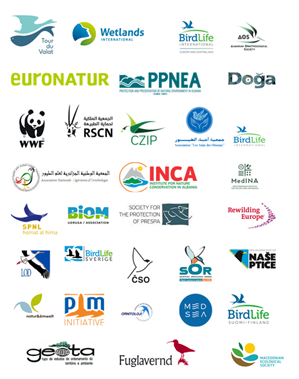
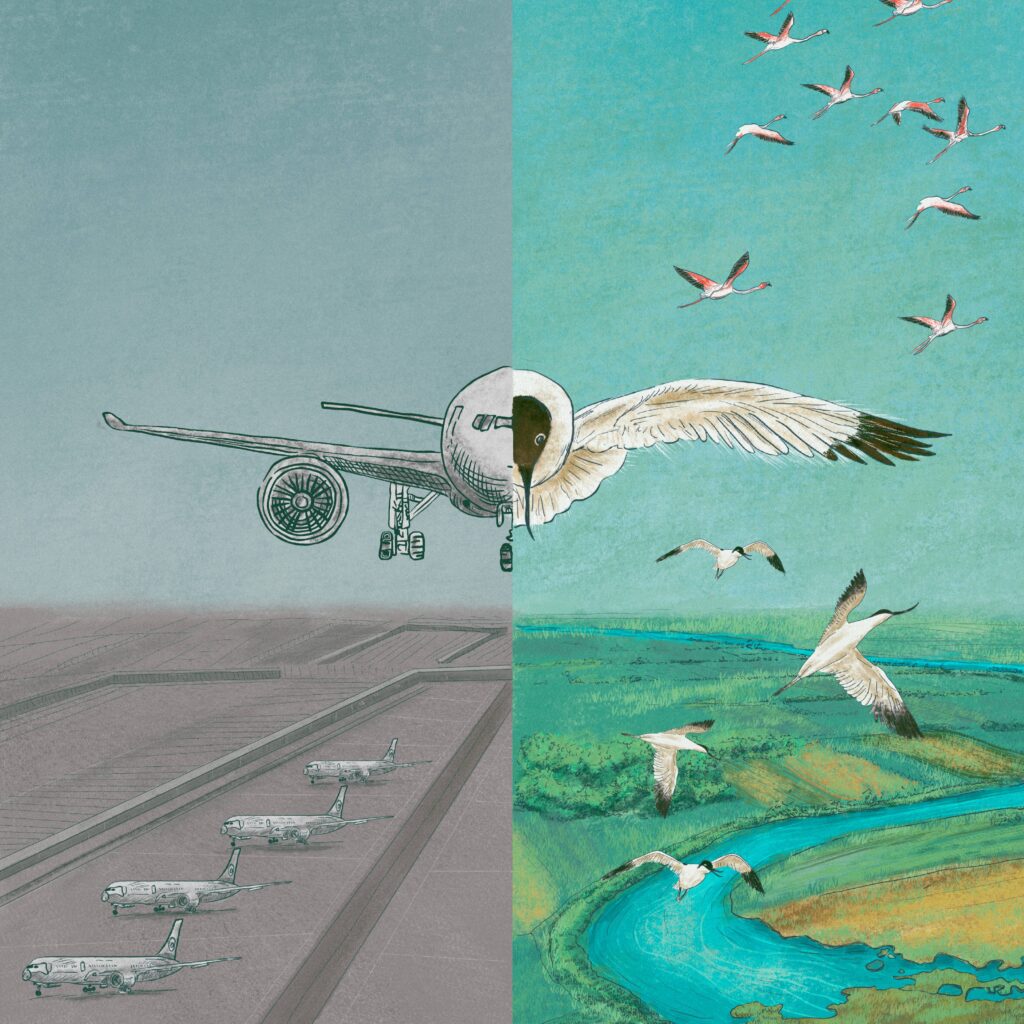
You might also be interested in:
 | Stichting BirdLife Europe gratefully acknowledges financial support from the European Commission. All content and opinions expressed on these pages are solely those of Stichting BirdLife Europe. The European Commission is not responsible for any use that may be made of the information it contains. |
